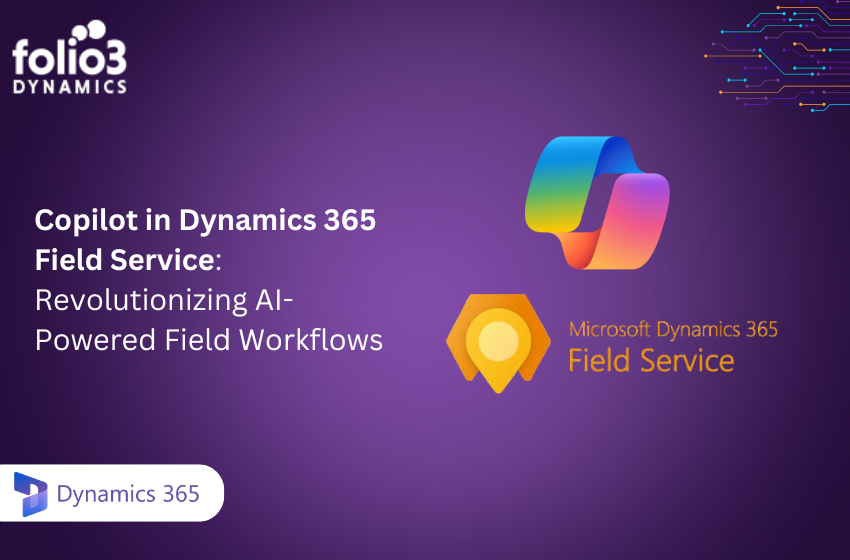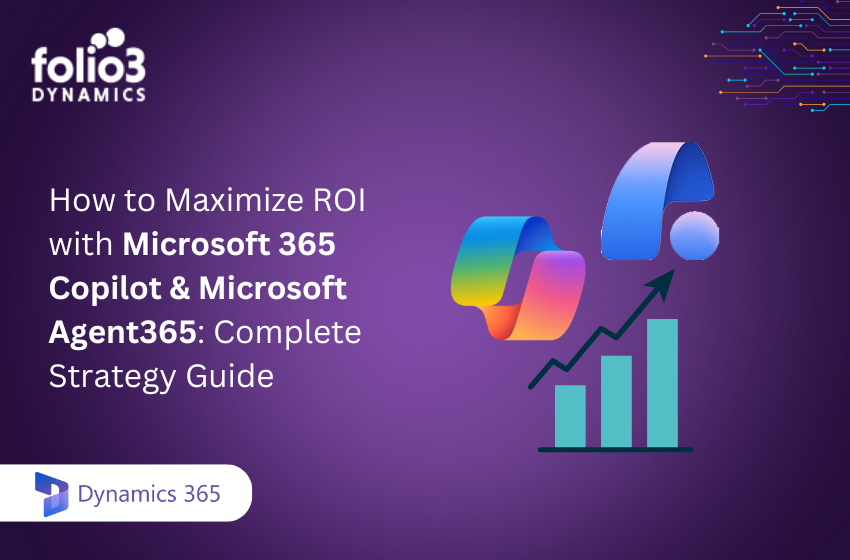Technology is being used in corporate operations so frequently that it is essentially required. IT assets management can include everything from a single computer to a whole network. Because there are usually innumerable various types of IT assets, the act of managing such assets has grown more and more important.
What Is IT Asset Management?
IT Asset Management (ITAM) refers to the procedures and methods a company employs to manage all of its IT assets. All of the hardware and software in the IT environment of your company are considered IT assets. An IT asset management solution is often used for the supervision of these assets.
How Does The IT Asset Management Process Work?
The following steps are often involved in the IT asset management services process;
-
Asset Identification
Making a thorough IT asset management inventory is the first step in IT asset management. This makes it simple to identify redundant assets and guarantees that they are optimized for increased productivity.
-
Tracking
This entails regularly monitoring cloud-based IT asset management using an ITAM tool or system. Financial (asset costs), contractual (warranties, licenses, and service-level agreements (SLAs)) and stock information are all collected for each asset (location and condition of physical assets).
-
Maintenance
IT assets are maintained by the stage of their lifecycle. Repair, improvement, and replacement of assets are all part of maintenance. As a component of the ITAM process, all upkeep operations conducted on an IT asset are recorded so that the data may be utilized to evaluate the asset’s performance.
Different Stages Of IT Asset Management Lifecycle
To guarantee optimal efficiency, every IT asset has a limited lifecycle. the following stages are typically included in an IT asset lifecycle:
-
Planning
Decisions must be made regarding the assets an organization needs, their intended use, and how to acquire them. In addition, organizations perform cost-benefit and TCO assessments while making plans for asset acquisition.
-
Procurement/Acquisition
Assets can be purchased, built, licensed, leased, or purchased as a service (including software).
-
Deployment
Installation, tool integration, user access, and technical assistance may all be a part of asset deployment.
-
Maintenance
To maximize their use and value after the assets have been deployed, plans should be created for routine maintenance, upgrades, and repairs. They will live longer, spend less money, and face fewer hazards as a result.
-
Retirement
When depreciation begins and maintenance becomes impractical, an asset is retired. That is, when maintenance is becoming more regular and the business invests more resources in it than it did in the past, an IT asset has reached the end of its useful life.
What are the IT Asset Management Benefits?
ITAM offers a variety of advantages that all help your company succeed in the long run. Here are just a few major advantages of ITAM:
-
Strong Architecture
Lack of structure is one of the first problems that ITAM addresses. You can keep track of all of your IT assets with the help of ITAM. Keeping track of all IT assets can be difficult, but an ITAM process makes it easier by offering you a defined place to arrange these assets.
-
Higher Security
You are granted more command well over the security of the IT environment, which is a key advantage of ITAM. There are security risks associated with IT assets by nature, thus it is advisable to reduce them wherever you can. Your IT assets will be more visible thanks to ITAM, allowing you to monitor their condition, status, and security level.
-
Cost Reduction
Any organization’s IT assets are expensive, and not tracking them can cost a lot of money. If you don’t keep track of your hardware, software license, and maintenance expenditures, they can soon mount up. You may better manage the health, status, and maintenance of your devices by employing a pragmatic and well-thought-out ITAM methodology.
-
Decreased Waste
Your firm can lessen any waste related to the disposal of these assets by managing IT assets properly. Although devices do not endure forever, keeping them maintained undoubtedly increases their lifespan. Additionally, your company may make sure that when technology reaches its end, it is disposed of sustainably.
-
Increased Effectiveness
Overall, ITAM offers a business an even higher level of efficiency. Workflows are supported by ITAM because it supports device uptime. It helps you keep on top of maintaining your IT infrastructure because it is efficient at tracking your assets and where they are in their lifespan.
7 IT Asset Management Best Practices
Any company that has IT assets should invest in ITAM. You should apply the following seven IT asset management best practices in your company while utilizing ITAM;
- To keep your ITAM process up to date and ready to use, you should constantly update and analyze your ongoing IT assets processes.
- As soon as a new device is introduced, ensure that it is being monitored internally and included in your inventory of IT assets.
- Automated tasks and to-do lists are like having a team that works continuously to complete tasks at the appointed time.
- ITAM is a useful tool for keeping track of your IT assets continually and can help manage and exercise more control over an environment.
- Establishing a priority list for your IT assets will help you make decisions more quickly if multiple devices require maintenance at the same time.
- Asset life cycles are crucial factors to take into account in ITAM because they enable organizations to decide how long an asset will dependably function and when it should be disposed of.
- You can successfully manage all of your company’s IT assets with the help of ITAM software.
Conclusion
Improved internal business operations depend on IT asset management. You will enjoy its numerous advantages and contribute to the general success of your firm if you use these ITAM best practices for managing your technology. With the help of Folio3, you will get the best IT asset management solutions, you can manage your IT asset management policies and receive real-time IT asset management reporting on each asset.


